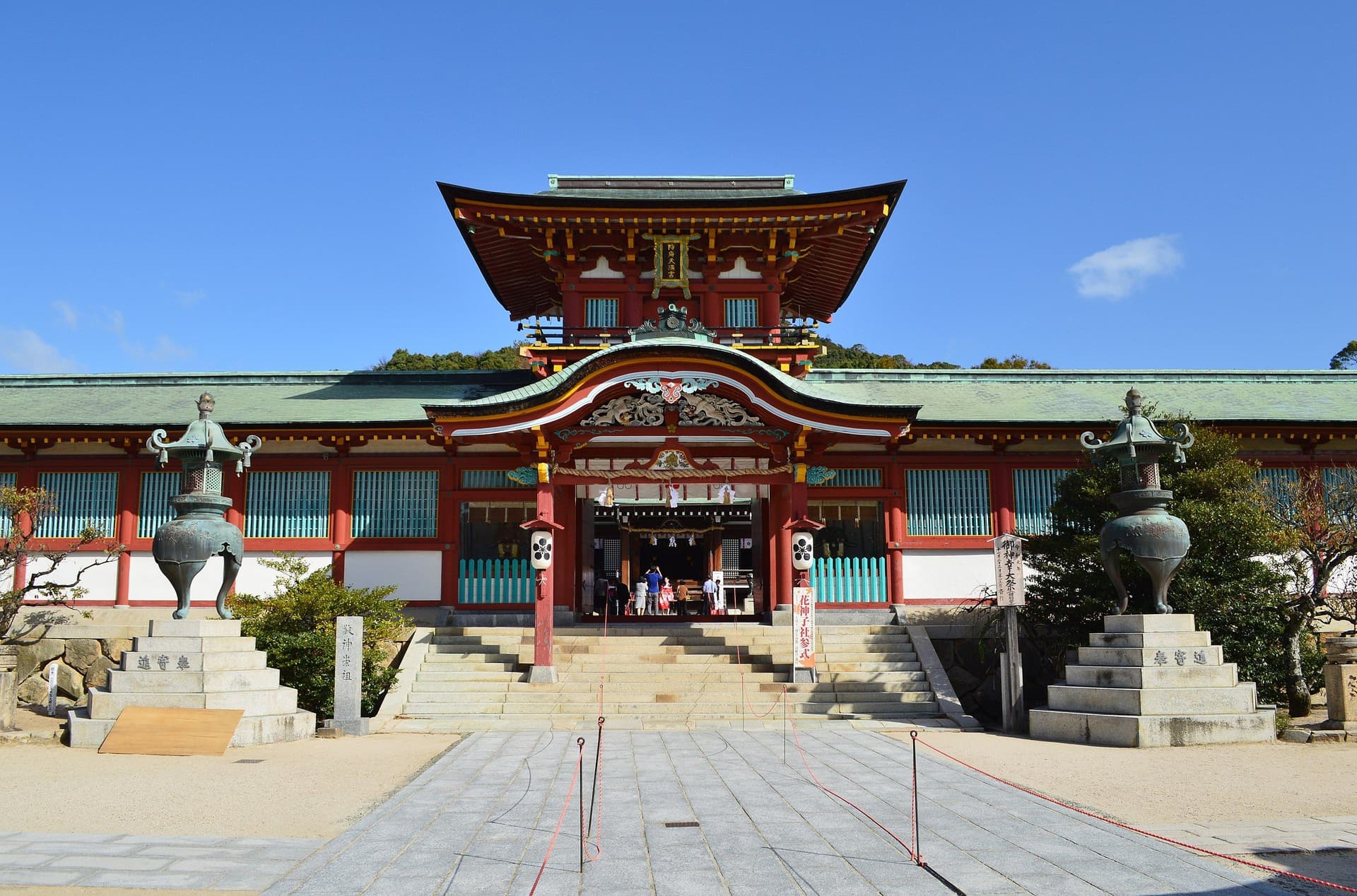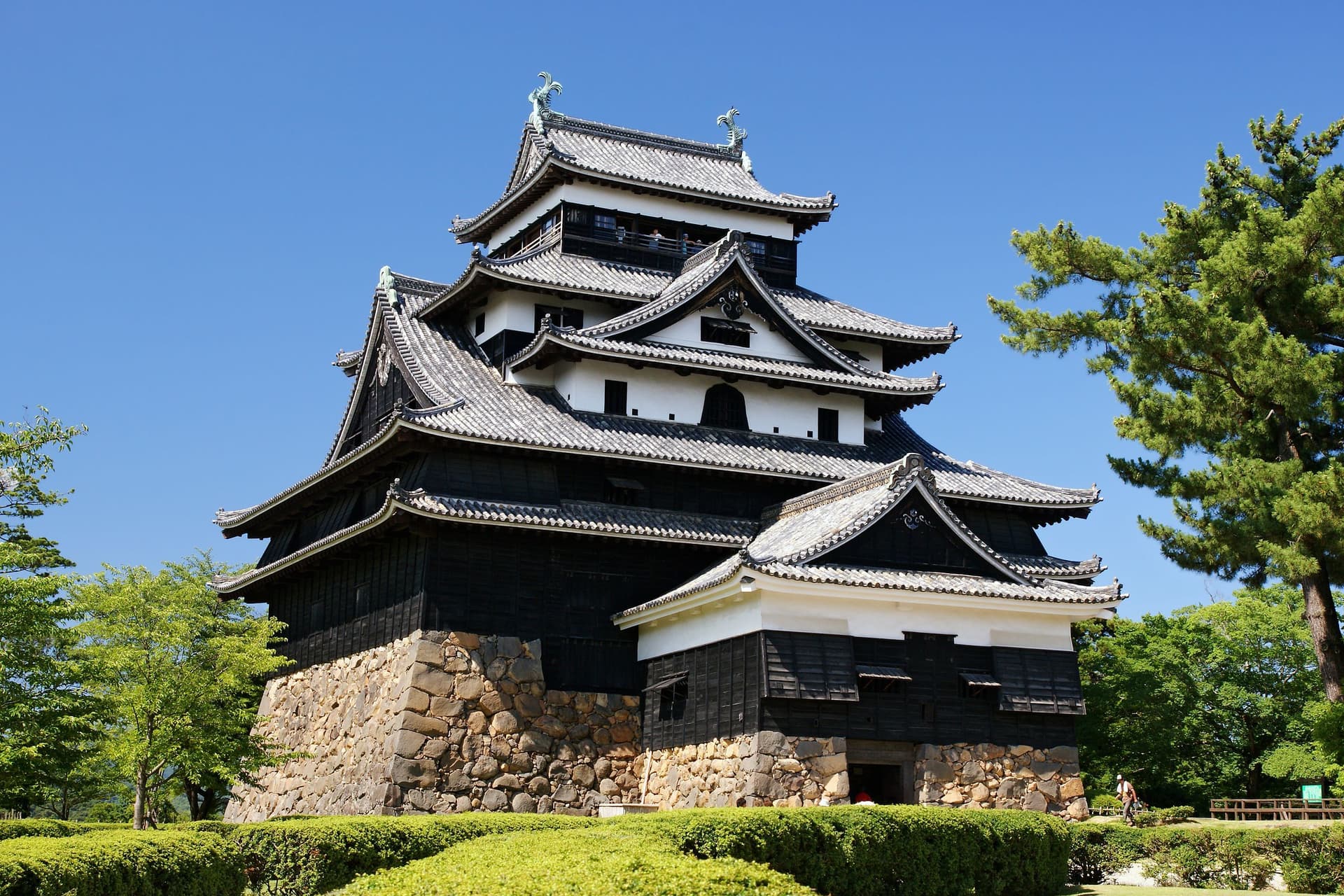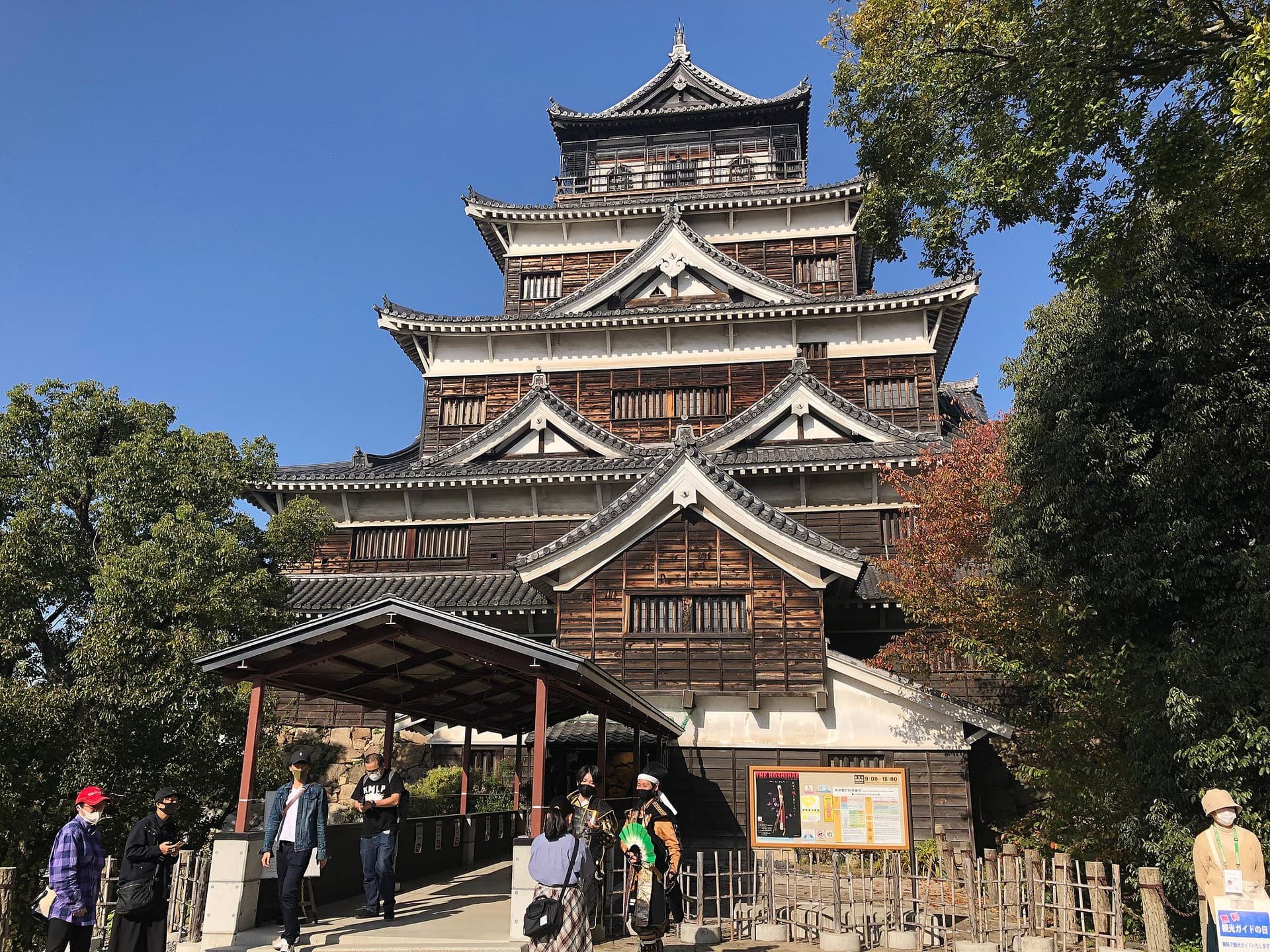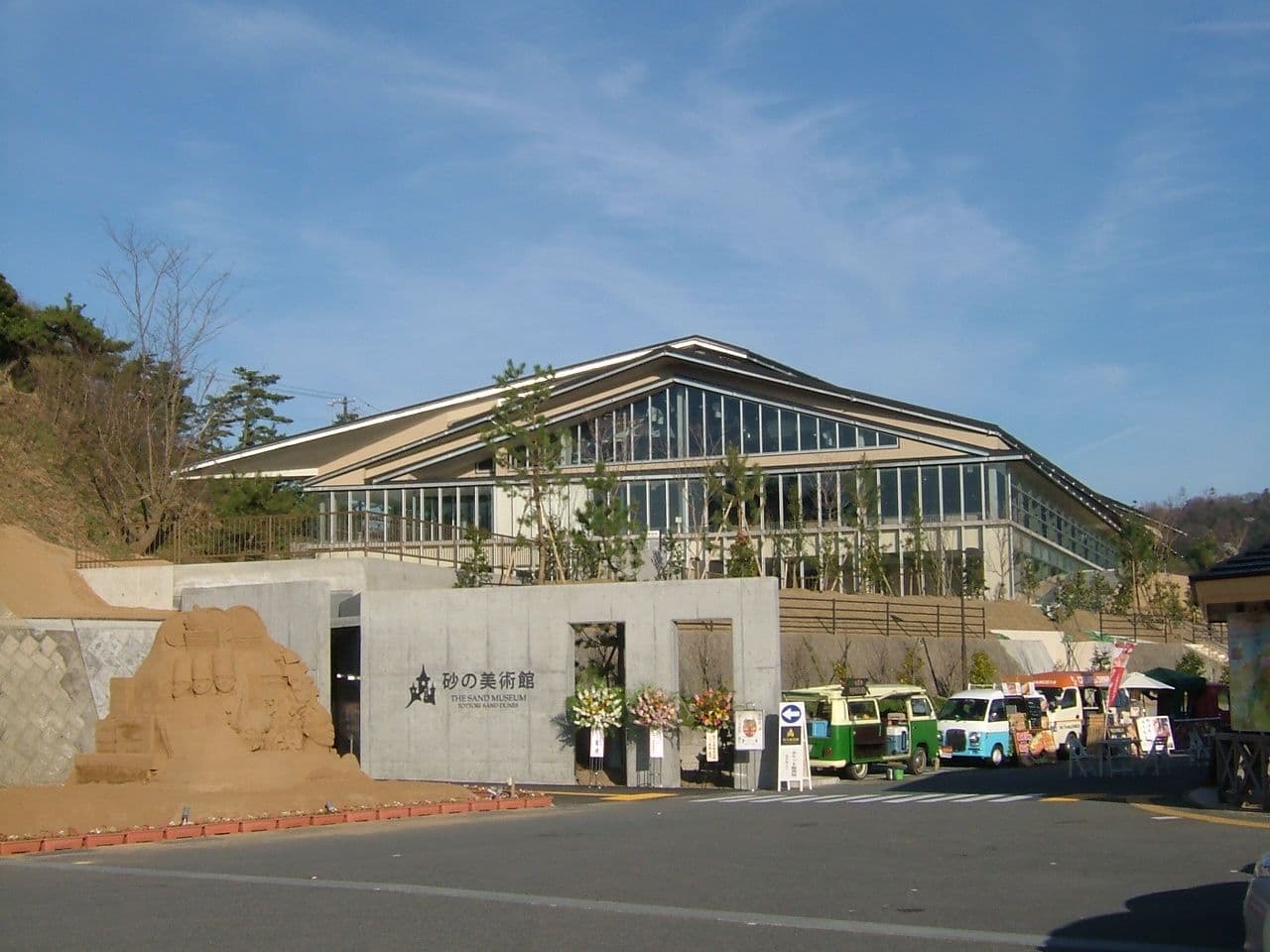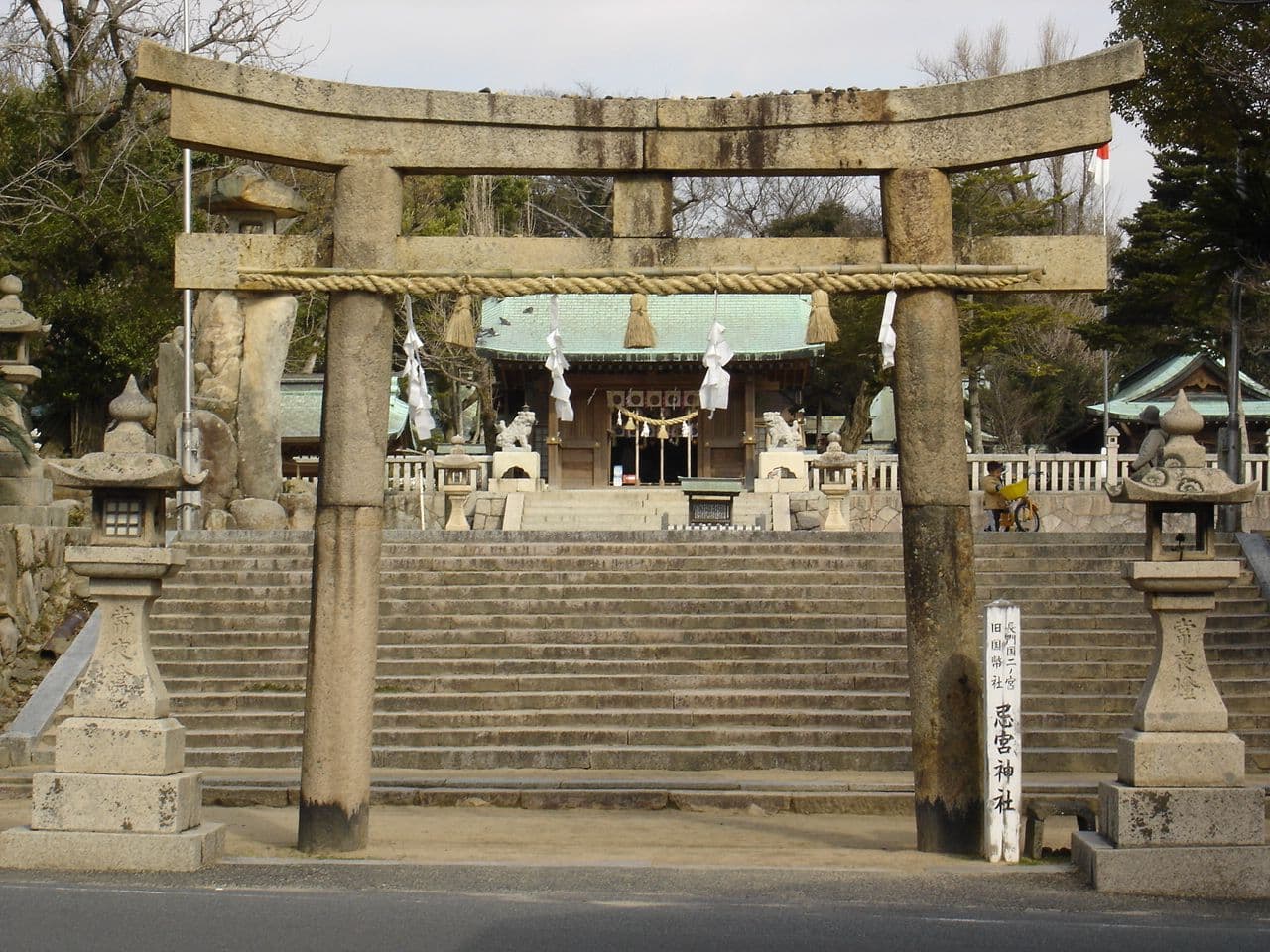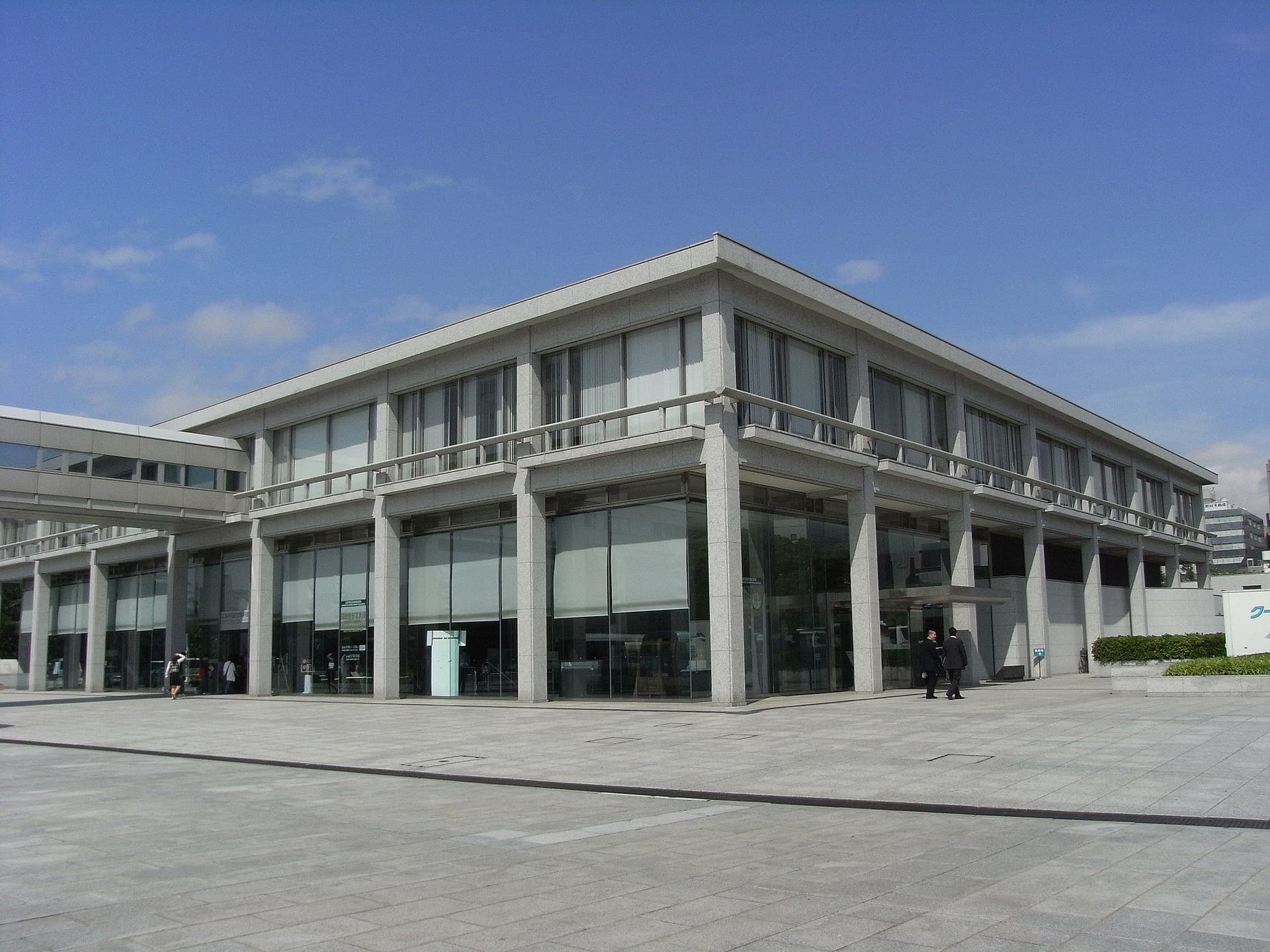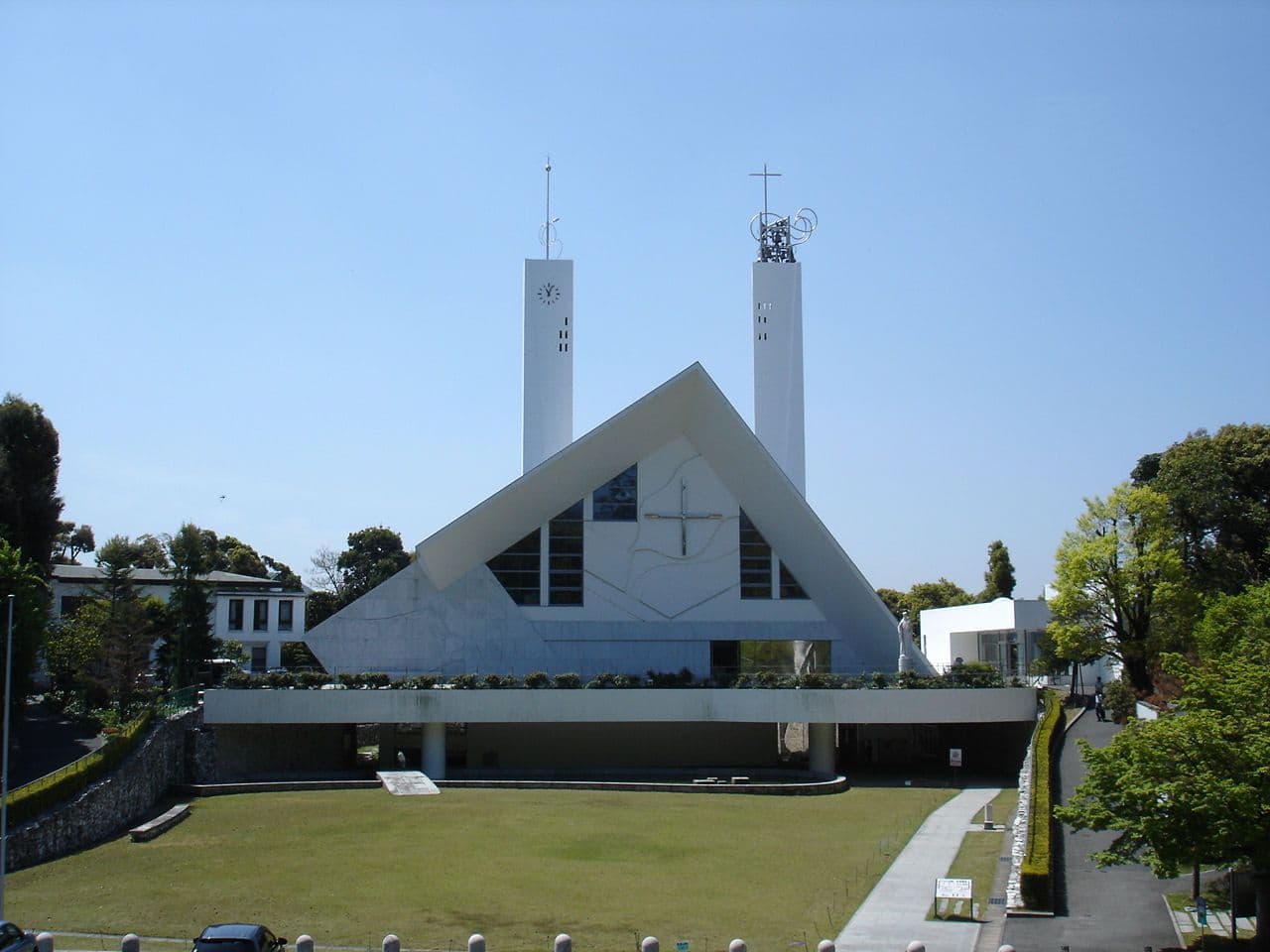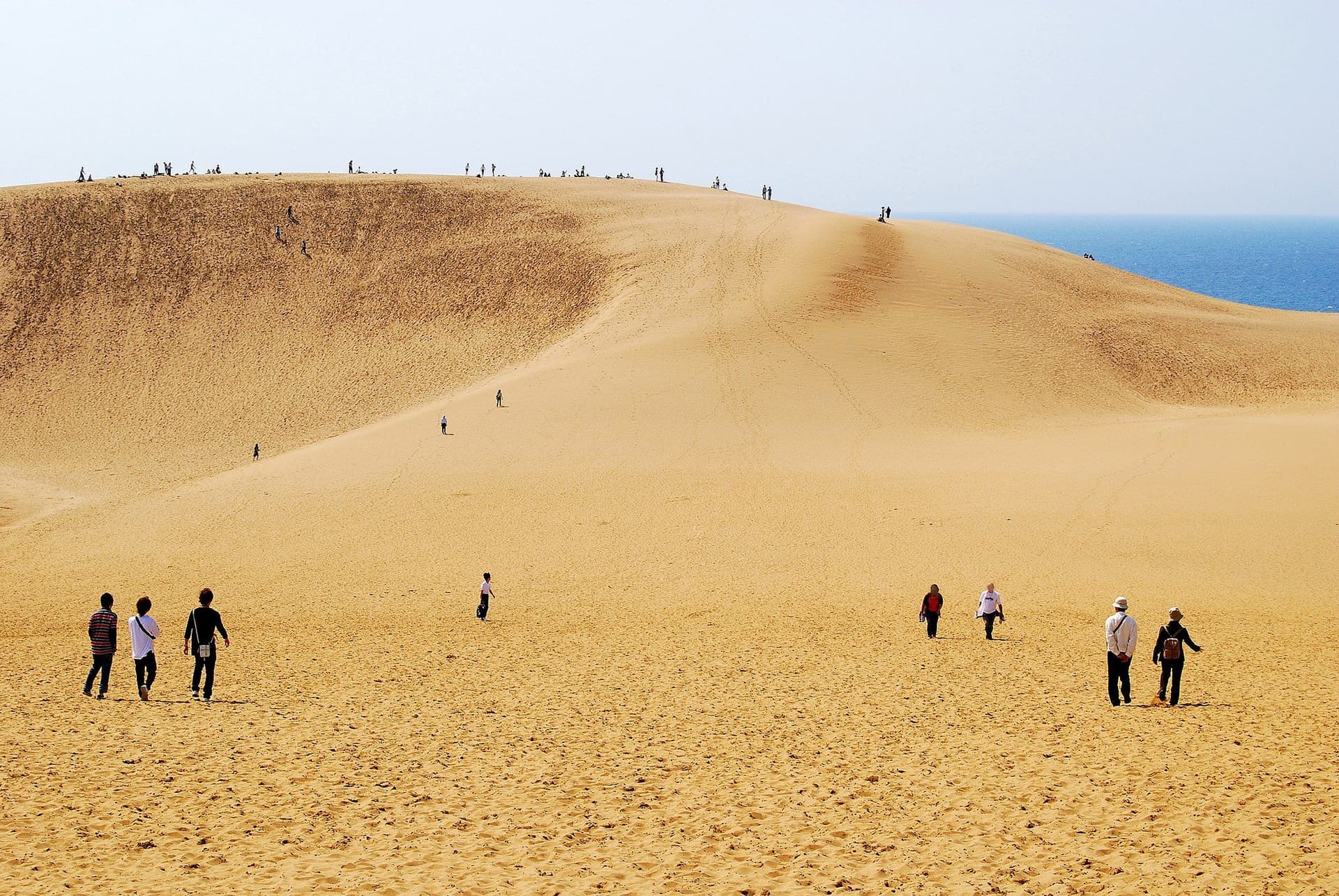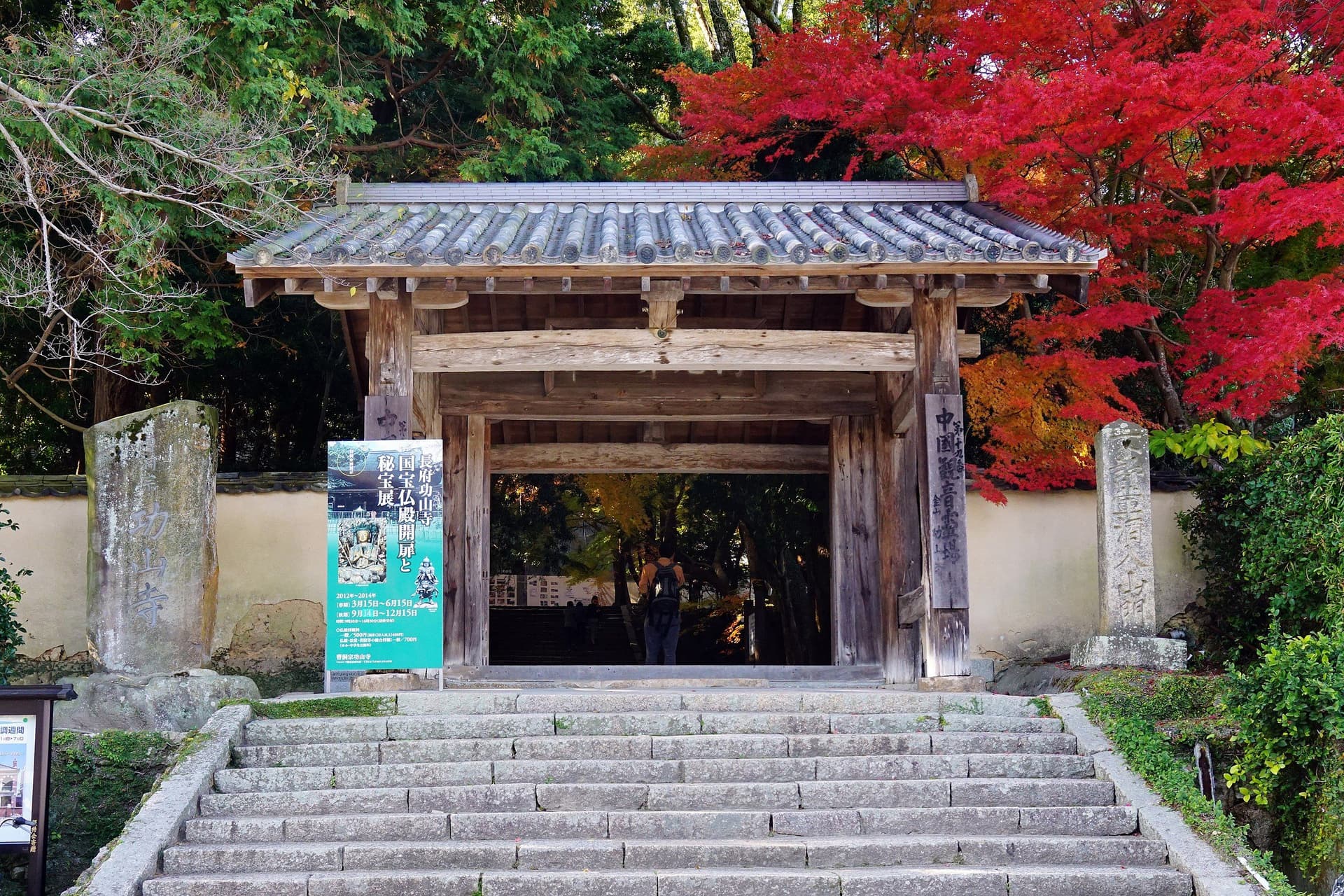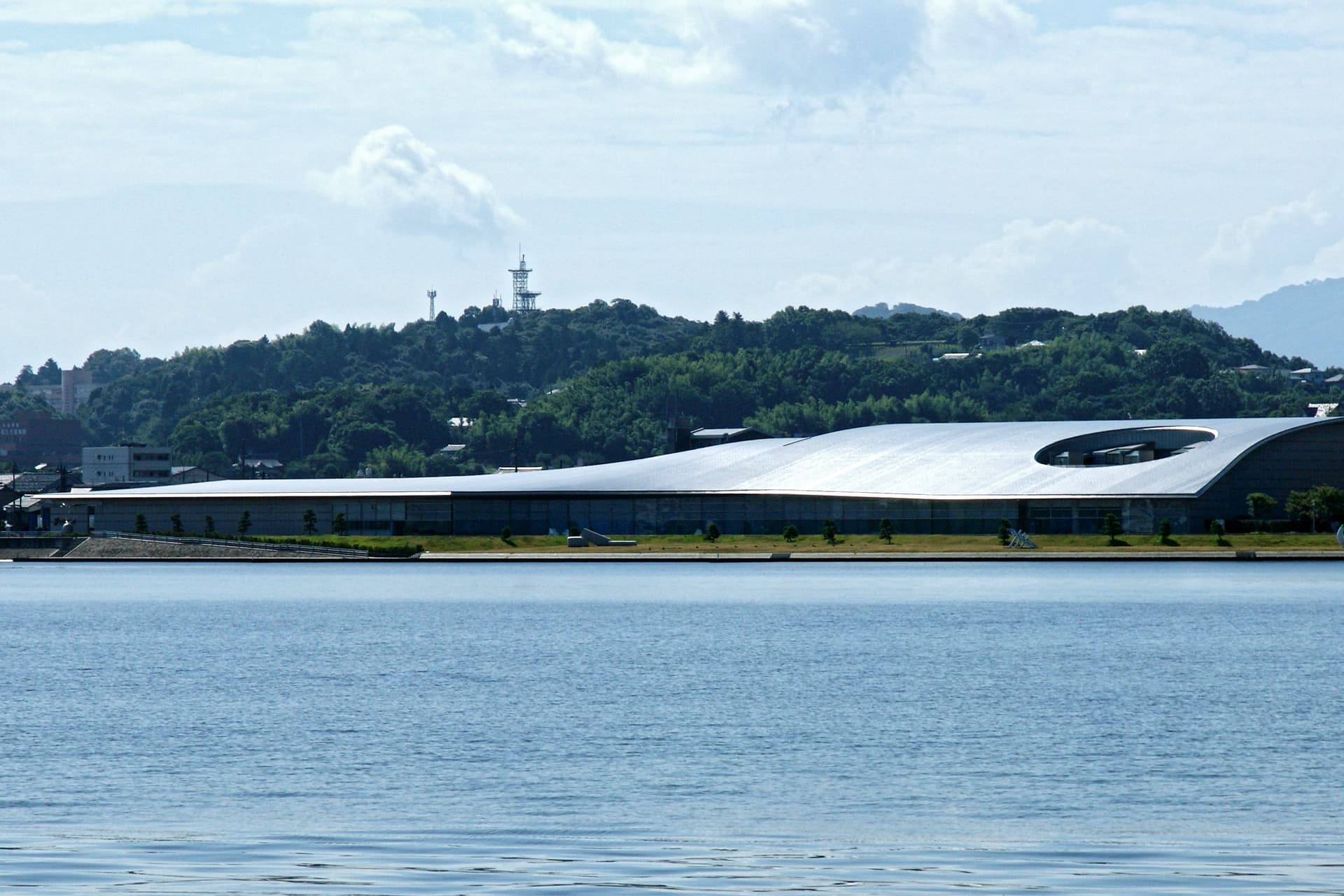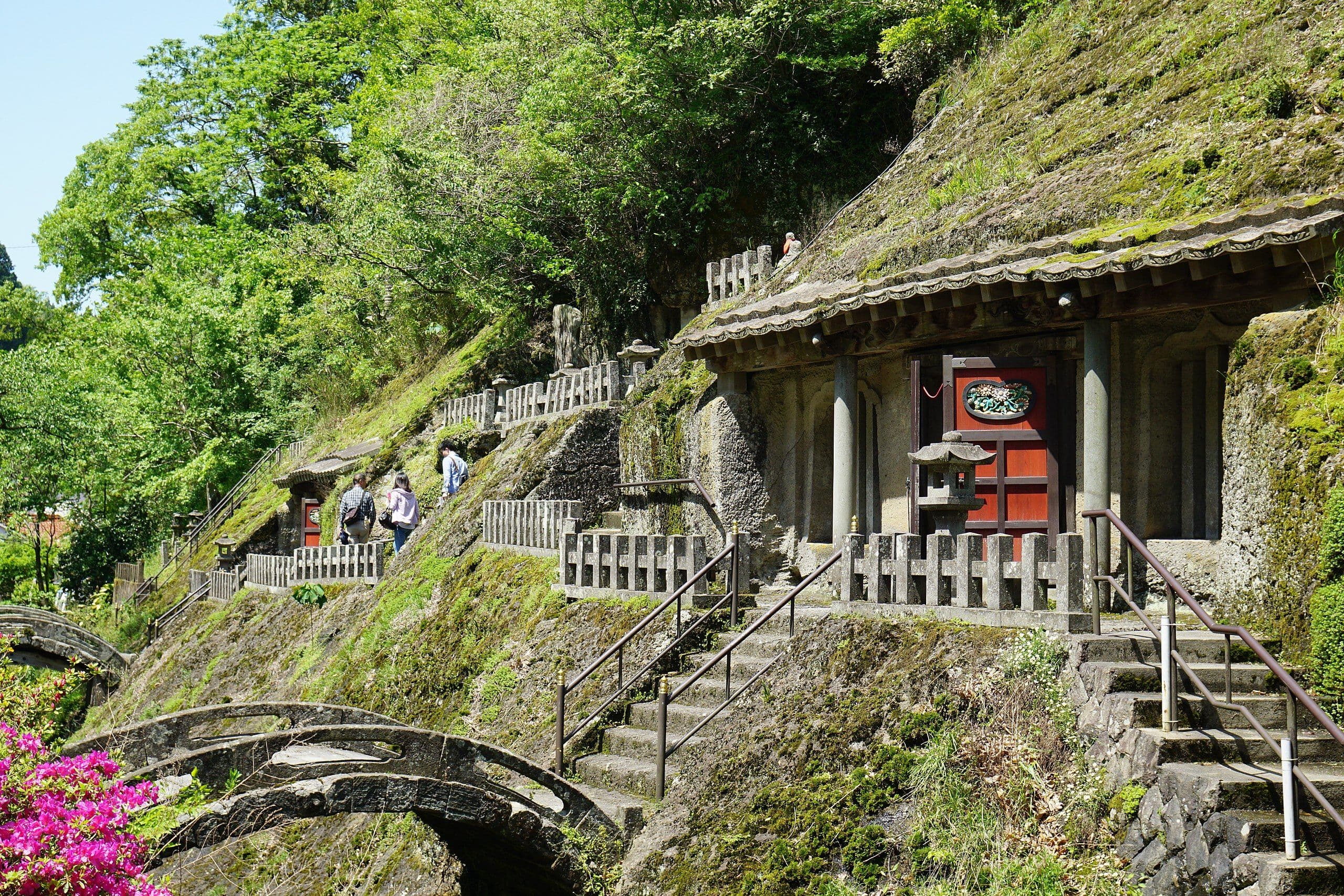
Iwami Ginzan Silver Mine
石見銀山Iwami Ginzan, the largest silver mine in Japan's history, was an underground mine that operated from 1526 to 1923. At its peak in the early 1600s, Iwami Ginzan produced 38 tons of silver annually, contributing to Japan's 200 tons per year, a third of the world's total silver output. The silver was commonly used to mint coins in Japan. However, declining silver production in the 19th century, due to competition from other mines, led to a shift towards extracting other minerals such as copper.
In 2007, the mine and its cultural landscape, referred to as "Iwami Ginzan Silver Mine and its Cultural Landscape," were designated a UNESCO World Heritage Site.
Iwami Ginzan World Heritage Center
The Iwami Ginzan World Heritage Center comprises an Exhibition Building, an Experience Building, and an Information Center.
Ryūgen-ji mabu (mine tunnel)
The tunnel is within walking distance of the Iwami Ginzan Museum.
The Iwami Ginzan Museum
The Iwami Ginzan Museum was originally constructed as a local government office during the Meiji era (1902) and is a large traditional house. The museum showcases a range of exhibits related to the history of the Iwami Silver Mine, including mineral specimens and documents. Each room of the museum features a different exhibition.
Related processing, administrative, residential, and religious sites
Historic castles
Ports for shipping silver
Related topics
At Hey Japan!, we strive to keep the places listed on our website as current as possible. However, it is important to note that location owners or management may make changes to their plans, including canceling events, altering opening times, or modifying admission requirements, without prior notice. To ensure that you have the most accurate information, we recommend checking official websites before visiting any location.
Last Updated:

